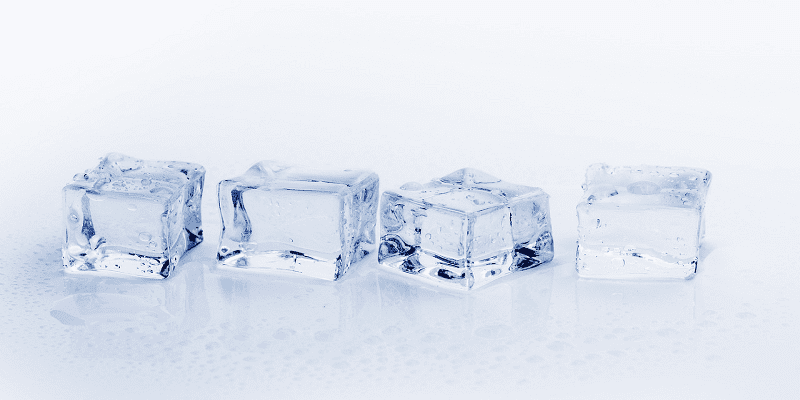Have you ever marvelled at the magical transformation of a simple drop of water into a captivating, crystal-clear ice cube? Or wondered how lakes and rivers turn into vast icy playgrounds during winter? Join us on an exhilarating scientific journey as we unravel the enigma behind freezing and explore the captivating world of ice formation. From the intricate dance of molecules to the breathtaking beauty of frost patterns, get ready to be captivated by this frozen adventure!
Understanding Freezing: A Physical Change
Freezing is the process by which water transitions from a liquid to a solid state. This remarkable transformation occurs when the temperature of water reaches its freezing point, which is 0 degrees Celsius (32 degrees Fahrenheit).
During the freezing process, water molecules gradually slow down and begin to form bonds with each other. As these bonds accumulate, water becomes more dense, ultimately transforming into ice. The structure of ice differs from that of liquid water; water molecules arrange themselves in a hexagonal lattice, while ice molecules adopt a cubic lattice.
The Speed of Freezing: Factors at Play
The speed of freezing can vary depending on external conditions. For instance, when you place a container of water in a freezer, it takes longer to freeze compared to putting the same amount of water outside in the snow. The rate of freezing is influenced by temperature, pressure, and surface area.
Freezing’s Role in Various Industries
Freezing plays a vital role in several industries, particularly food production and transportation. The ability to freeze foods allows for extended storage periods without spoilage. Additionally, modern transportation methods enable us to enjoy fresh fruits and vegetables year-round by transporting them from regions where they are in season to areas where they are not.
The Physics Behind Freezing
To comprehend the science behind freezing, let’s delve into the molecular level. Matter consists of atoms that are in constant motion, forming molecules through interactions. As water freezes, the molecules slow down and arrange themselves in a specific pattern.
Ice’s unique properties arise from the formation of hydrogen bonds between the molecules. While hydrogen bonds are relatively weak on their own, their cumulative effect creates a strong force that locks the molecules in place. As a result, ice exhibits a lower density than liquid water, causing it to float.
The Fascinating Process of Water Turning Into Ice
As water cools, the molecules slow down and begin to stick together. At 0 degrees Celsius (32 degrees Fahrenheit), the water molecules gain enough energy to form hydrogen bonds, causing the water to solidify into ice. With decreasing temperatures, more and more water molecules form hydrogen bonds, leading to denser ice formation.
Temperature Changes and Freezing
Freezing occurs when water is exposed to sub-zero temperatures, causing the water molecules to slow down and crystallize into ice. The freezing point of water is 0 degrees Celsius (32 degrees Fahrenheit). Introducing impurities like salt or dirt can lower the freezing point, leading to freezing-point depression.
Effects of Freezing on Different Materials
Water’s expansion upon freezing can pose challenges for certain materials. For instance, frozen water inside pipes can cause them to burst due to increased volume. Different materials expand by varying amounts when they freeze, meaning they react differently to freezing temperatures.
Moreover, the formation of large ice crystals during freezing can exert pressure on materials, leading to cracks or breakage. Hence, it’s crucial to handle items like glass or ceramic with care when freezing them.
Conclusion
The journey from water to ice unveils an awe-inspiring process of molecular interactions and transformations. Understanding freezing not only gives us insights into the properties of water but also sheds light on other aspects of physical chemistry. Water’s unique nature makes it indispensable for life on Earth, and its ability to shift effortlessly between liquid and solid states is a testament to its remarkable properties.



































